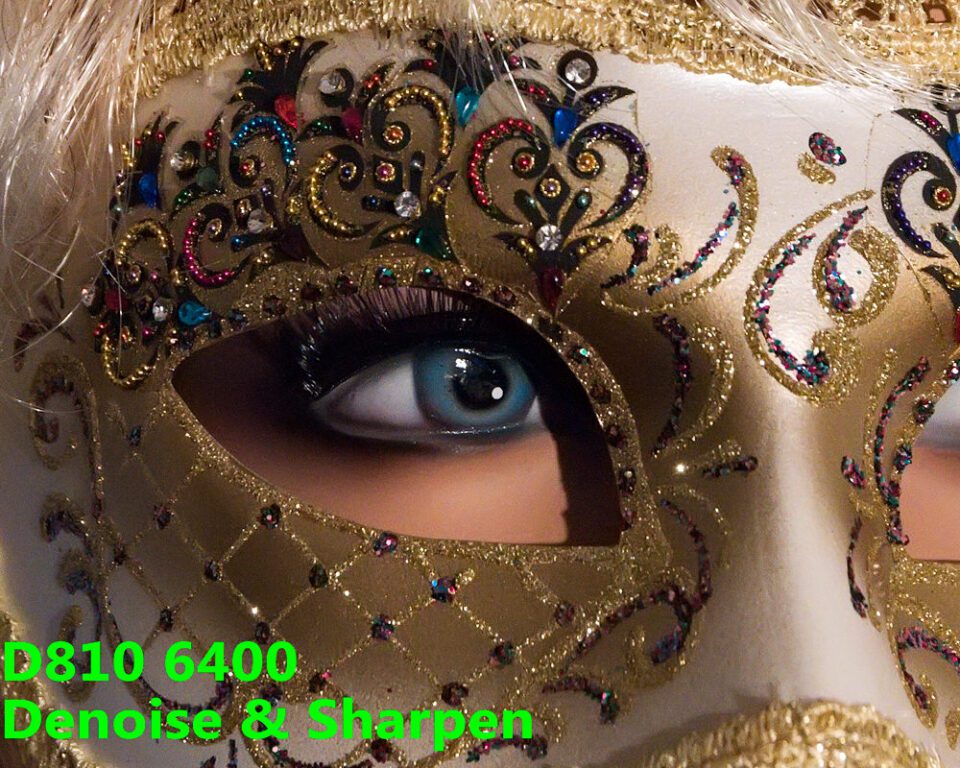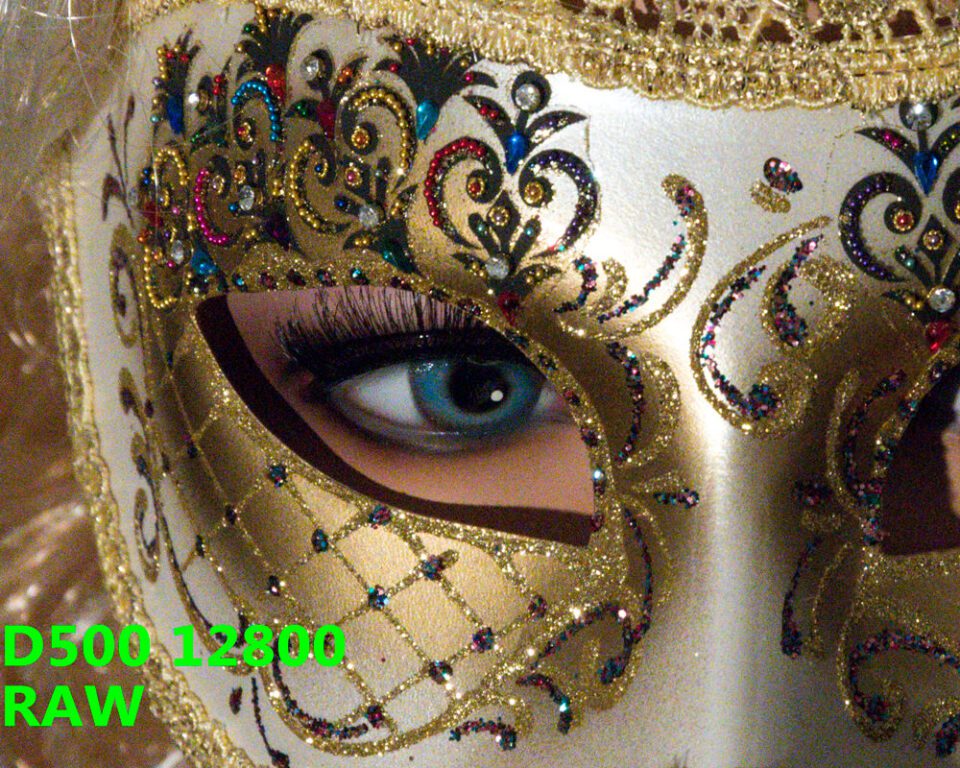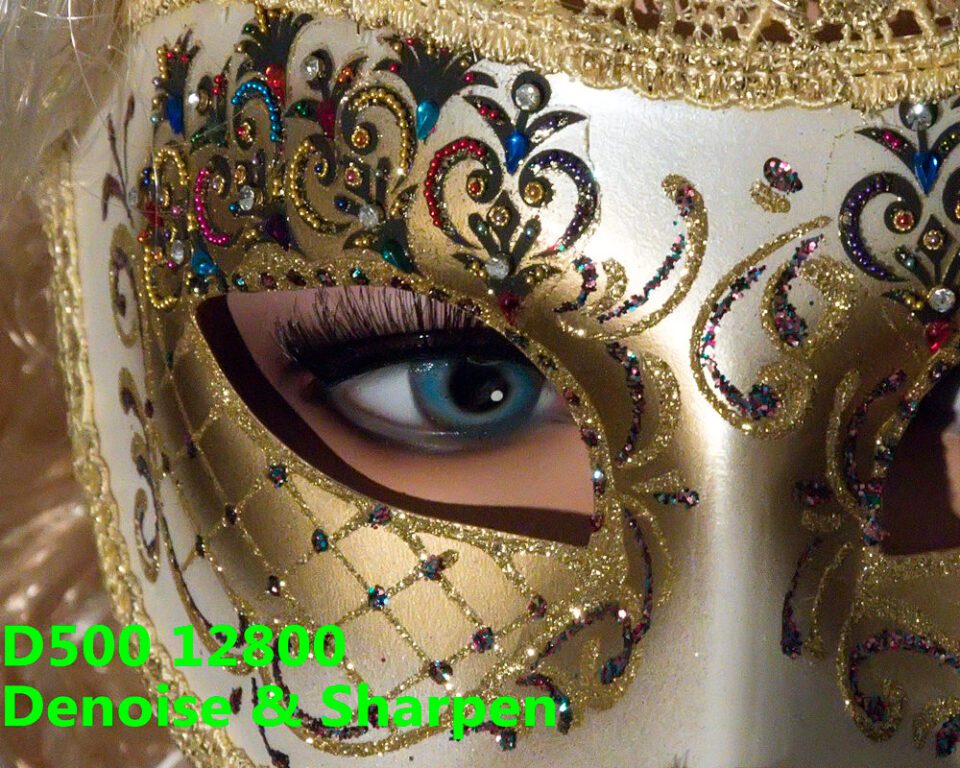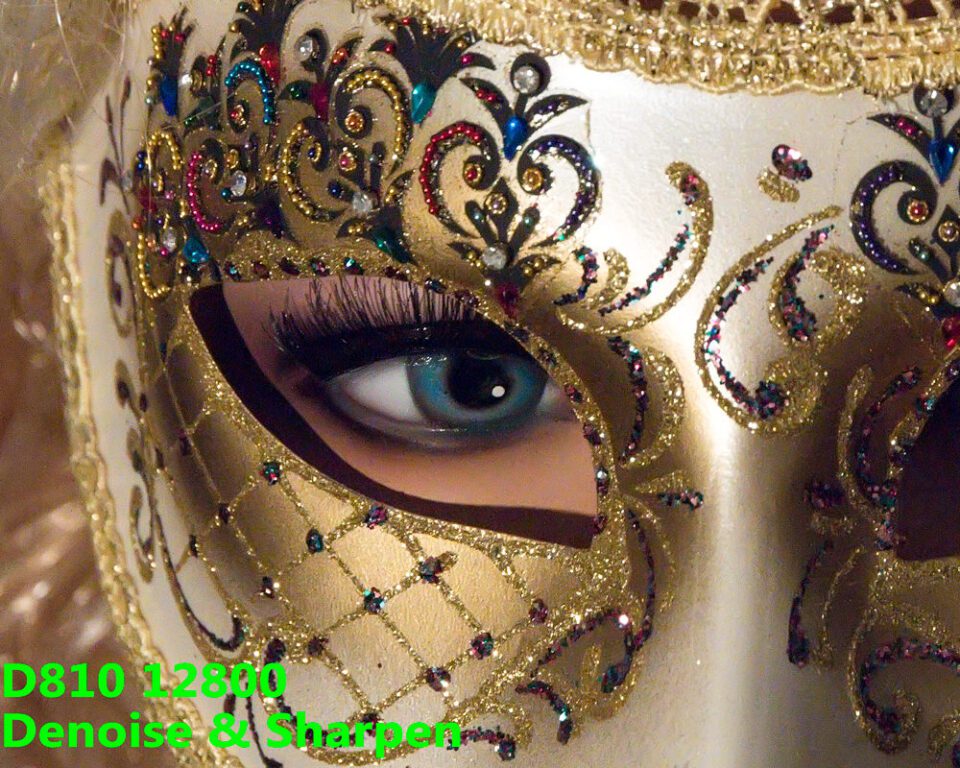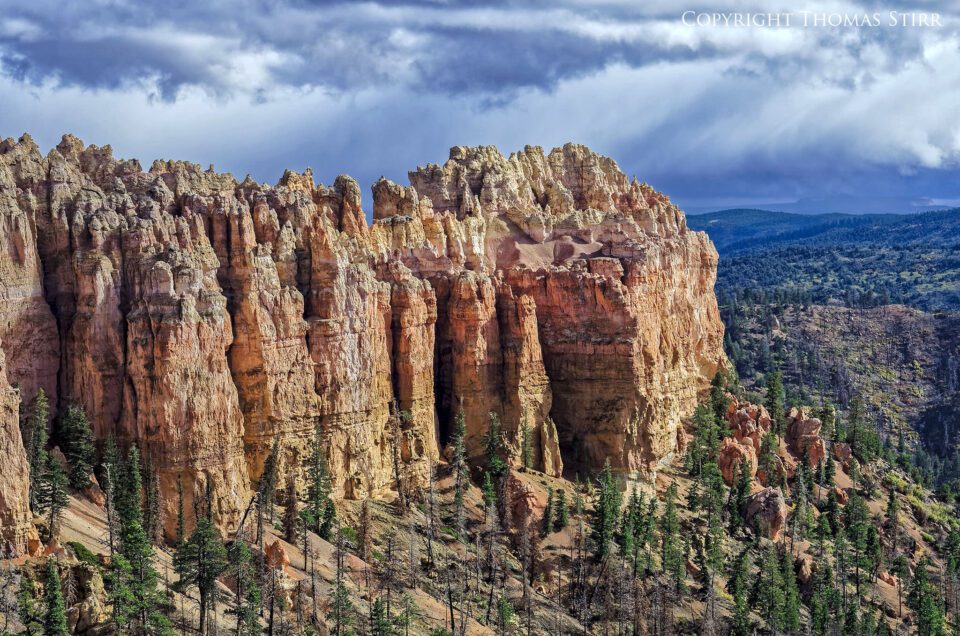With the introduction of the Nikon D500, I expect the DX/FX debate, which some had considered settled relative to “professional” grade cameras, to reignite. Following are some of my thoughts regarding my photography journey and a perspective on the D500 along with some high ISO photos.
Like many, I had placed an order for the D500, not knowing if I would keep or cancel it. Given the D500 ship date delays, I didn’t put much stock in the latest rumors indicating the camera would ship on April 22nd. I imagined Nikon was furiously going over every aspect of the D500, to ensure a successful launch, and was willing to push the date again. The lack of comprehensive reviews prior to the ship date caused me to question whether Nikon was making some last minute changes to the D500’s firmware or refining the manufacturing line. I was surprised when I received emails indicating my credit card was charged and the camera would arrive on April 25th.
1) DX Comes Back From The Dead?
When Nikon failed to release the D500 (the DSLR formerly known as the D400)a few years ago, Nasim and others eventually declared DX to be all but officially dead, except for the lower-end of the market. And who could blame them? Rarely a day went by when someone somewhere didn’t lament the delay of the D500. Would anyone venture to guess how many words were written and hours wasted on speculation regarding the D500? Think about that one… Nikon certainly seemed to reinforce the notion of customers moving to FX for pro style bodies and lenses. It rapidly expanded the FX line, rounding it out with the D4, D800/800E/810/810a, D600/610, D750, and the stylish Df, along with a host of FX lenses. I thought Nikon’s urging customers to move to cameras requiring lenses with larger price tags, was a move in the wrong direction – particularly as smartphone cameras began to improve rapidly, the point-and-shoot market began to disappear, the seismic, one-time shift from film to digital was quickly tailing off, and photography technology of all types was coming down in both size and price, while improving in capabilities.
On the DX side? Apart from a few iterations of the D7000, customers received the obligatory 3XXX and 5XXX DSLR iterations, and more 18-to-something lenses. But no pro DX body. No pro DX lenses (with the exception of the Nikon 16-80mm VR). “Nikon” and “professional grade” become synonymous with FX over the last few years. Like many others, I made the leap to FX, despite the increased costs, weight, and loss of the crop factor for wildlife and other high focal length needs. And then Nikon caught us all by surprise with the release of the D500, which had been relegated to the same imaginary status as unicorns, the Loch Ness Monster, Sasquatch, and glass-enclosed aliens stored in the bowels of Area 51, by all but the most ardent Nikon disciples. My immediate thought (after thinking this was another hoax) was to wonder how many hours and words had been wasted over the years in pure speculation and debates over the D500 (“The DSLR formerly known as the D400”). Looking over the D500 specifications, I also wondered if the D500 was going to cause people to rethink the DX vs. FX debate, since it appeared that this DSLR might erase some of the traditional differentiators between the two platforms.
2) Would You Still Choose FX?
While I love the quality of the D800 DSLR series, I was always a bit conflicted with my move from DX to FX. Had Nikon announced the D400 when it was expected, I suspect I would have remained in the DX camp. A number of photographer newbies have come to me over the years, asking my advice regarding FX vs. DX. I have yet to steer anyone toward the FX platform, due to the cost, weight, but also in consideration of the practical benefits of FX over DX for most photographers. Why? I always considered FX overkill for all the but the most demanding professionals, particularly as digital photography technology improvements began to rapidly outpace most people’s ability (or interest) to exploit their full potential. When I asked people why they were considering an FX system, they looked at me incredulously, as if it was so obvious as to be beyond question. But when pressed for an answer, most couldn’t articulate their FX desires very well. Those that could claimed FX provided “better performance at high ISOs”(apart from the other answer – “because all the guys over at www.mycamerareview.com said FX is better”). With the introduction of the D500, their answer may technically still be accurate, but to what extent does the difference in high ISO performance matter for practical purposes (taking real pictures under a variety of circumstances – not zooming into photos of brick walls at 400%)?
As I looked at my Nikon D500 and D810, and considered what each had to offer, I wondered what advice I would give myself, if I were to honestly (key word here) assess my needs, interests, photos I have printed, and glance through the 55,000 plus images (after a few purges) stored in my Lightroom catalogue. At 53.1 ounces (1505 grams), the D810/24-105mm feels a good bit heavier than the D500/16-85mm, which weighs 36 ounces (1021 grams) – a 17.1 ounce (484 grams) difference. If weight were the primary factor, the D500/16-85mm would win hands down. Would I tell myself to choose D810/FX route or, in consideration of the above, say “The D500 is more than enough camera for you.” I shared these thoughts with friends via email. One thought I was under the control of a hallucinogen (or just hanging out too much in Colorado). After all, are not more megapixels better? And FX megapixels the best of all? Of course. Well, except if you are also considering a medium format DSLR…)
3) Positioning The D500 – “Just” An Action Camera?
The D500 offers DX users an impressive, balanced feature set that should suffice for any type of photography. I have yet to see a comprehensive review, but if the D500’s feature live up to the hype, the D500 will prove to be a veritable workhorse, just as the D300 was. Many are focusing on the frame rate of the D500, attempting to pigeonhole it as wildlife and sports camera. But at just under 21MP, the D500’s megapixel count is just shy of the legendary Canon 5DM II and III models, higher than the Nikon D700, D3, D4, and Df models, and higher than any variation of the Canon 1D Mark series. With respect to the D5, the D500 equals it with respect to megapixels, and is only a step behind in the FPS rate. The other Nikon cameras, such as the D7100, D7200, D600/610, and D750, with an additional 3 megapixels, cannot claim a meaningful increase in resolution beyond the D500.
As such, I think Nikon’s positioning of the D500 as an action camera (and many simply parroting the marketing message) needs to be questioned. Why is the D500 – with more megapixels than many other flagship DSLRS (and slightly less than others) – being classified solely for wildlife and sports photographers? Because it lacks a pop-up flash and has a high FPS rate? It makes more sense to consider the D500 an all-round pro DX body which should, and probably will, cause some to reconsider the practical benefits of FX. It’s plausible Nikon is purposely stressing the action-oriented aspects of the D500 since it doesn’t want photographers to question its strategy of steering them toward the FX line. But if you a serious amateur like many of us, and use your DSLR for a wide variety of purposes – portraits, family functions, kids sporting events, landscapes, wildlife photos, travel, the occasional macro, etc. – the D500 may represent the best all-round pro body across the Nikon DSLR line. And yes, I recognize one could make a similar case for the D7200, save for the frame rate and buffer.
5) The D500/D810 ISO 6400 Comparison
I was eager to see how well the D500’s high ISO shots compared with those of the D810. ISO 6400 was the key number for me. For that elusive (but always imagined) “photo of a lifetime,” obscene ISO levels will suffice. Better to get “a” picture rather than “no” picture. But for almost everything else – ISO 6400 is probably the practical limit for anything I care to showcase or print. I compared the D500/16-85mm and D810/24-105mm combinations shot offhand from the same position and approximate focal length equivalents. I asked my beautiful, but extremely quiet, assistant, Svetlana, to be my model.
I closely examined the RAW files from both DSLRs. Even when zoomed in at a few hundred percent, I struggled to see any meaningful differences. Downsizing the photos for this article didn’t change my opinion. If you can spot a difference in the noise levels between the D500 and D810, you have much better eyesight than I have. I actually thought the D500 RAW images looked slightly better than those from the D810, but your eyes may lead you to a different conclusion. This was pretty impressive.
5.1) RAW Files
5.2) Cropped RAW Files
5.2) Denoised And Sharpened Files
I used Imagenomic’s Noiseware to reduce noise and Nik’s InFocus sharpen the images. As with the RAW files, I was unable to see any difference between the JPEGs, even after employing my usual processing routine.
5.3) Cropped Denoised And Sharpened Files
6) The D500/D810 ISO 12800 Comparison
Nasim asked if I would add a similar comparison for ISO 12800. As you can see, both cameras do a pretty solid job. I would avoid shooting this high, but if it were the only option, either camera would produce decent images. Again, pretty remarkable for a DX DSLR.
6.1) RAW Files
6.2) Cropped RAW Files
5.2) Denoised And Sharpened Files
6.3) Cropped Denoised And Sharpened Files
7) Summary
Given the D500’s ability to effectively match the D810 on the noise front up to ISO 6400, and perhaps beyond, some may wish to reconsider their thoughts regarding the traditional DX and FX platform considerations. The weight/size/cost savings of the DX platform, the benefits of being on the same body style for both visible and infrared photography (one set of lenses vs. two), and the 50% crop factor for wildlife, and how often I take full advantage of the D810’s full 36 megapixels certainly have me questioning whether the D500 and the DX platform are a better fit for my needs. That may seem heretical to my FX pals, one of whom is already sending me highly cropped photos saying, “You will miss this…” No doubt there is a bit of truth in what he is saying. I am on the fence as of now, given my investment in the FX platform. If I were moving to a pro body DSLR today? The decision would be much easier, even with the existing set of DX lenses from Nikon and others. If rumors of Nikon revamping and expanding its DX line of lenses turns out to be true, the decision would be a no-brainer for me. Your needs may be different. Periodically questioning what you believe you think you need, and honestly comparing it what you actually use is always a healthy endeavor. Particularly when it comes to expensive photography gear.
As of this article, we know the D500 is having some SnapBridge connection issues. And some third party batteries are apparently not recognized by the DSLR. With the years of anticipation surrounding the D500 product release, and the sagging photography market, I hope Nikon has learned from its previous product launch mistakes, and will promptly address any/all issues as soon as they are found.
Lately I have been attempting to be more realistic regarding the features and capabilities that really matter, rather than paying attention to those that only dazzle and drive up equipment costs, but are rarely used or fail to make a meaningful difference in my photos. One result of this reflection resulted in my selling two of Nikon’s lens “Trinity” (Nikon 24-70mm f/2.8 and 70-200mm f/2.8), in favor of the Sigma 24-105mm f/4 and Nikon 70-200mm f/4. I have looked over the comments associated with my photos and realized the popular ones cannot be correlated with their megapixel count or the price tag of the lense used to take them. Then again, you might interpret the very notion that I am considering the D500 as further evidence I my Gear Acquisition Syndrome has got the better of me, and I am looking for some excuse to change equipment. Again. :) Something tells me, however, I won’t be the only one reconsidering the DX/FX decision going forward. I am looking forward to Nasim’s detailed review of the D500. Stay tuned…
The post The Nikon D500 – Reigniting The DX / FX Debate And A Few High ISO Photos appeared first on Photography Life.
from Photography Life https://photographylife.com/the-nikon-d500-reigniting-the-dx-fx-debate-and-a-few-high-iso-photos








